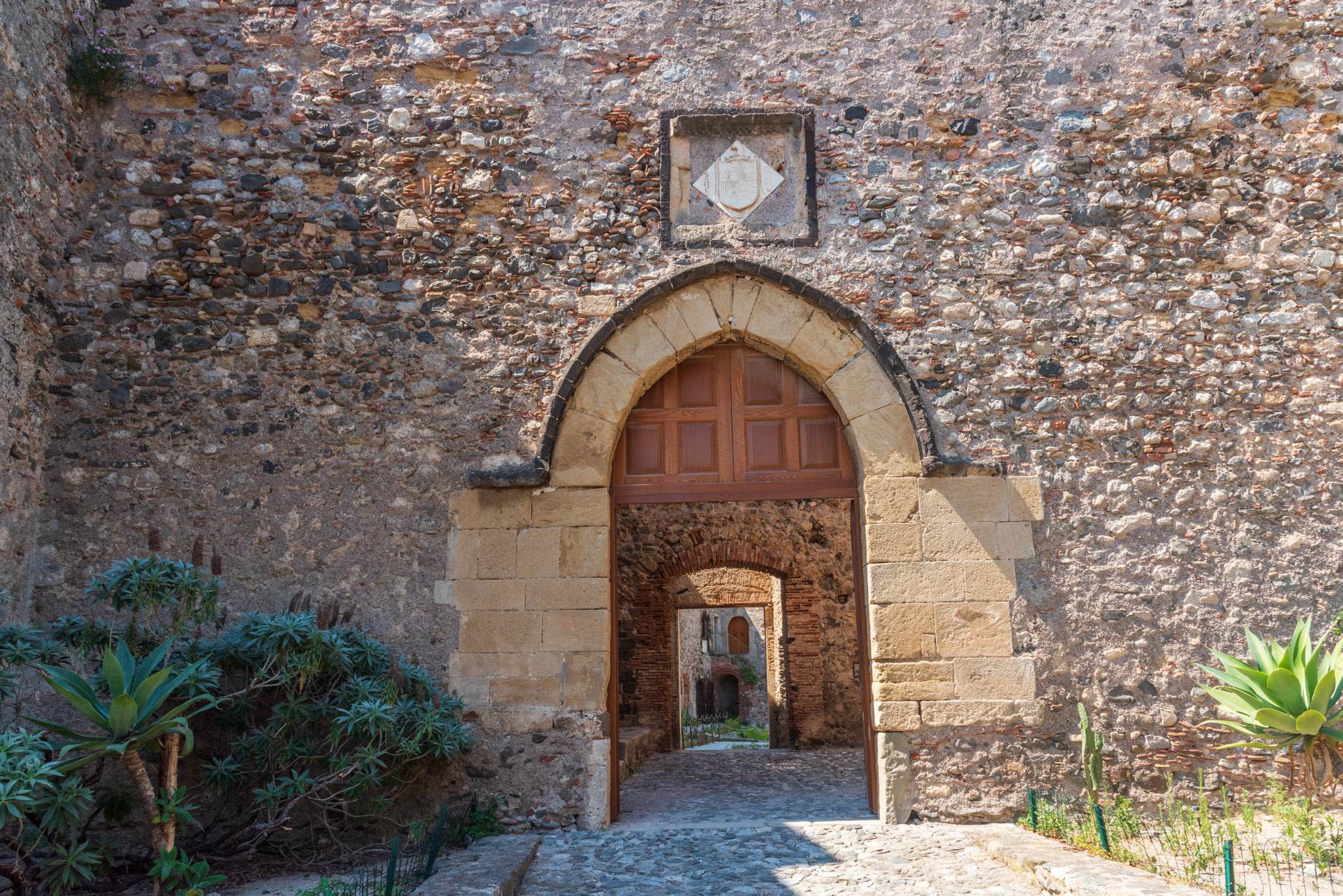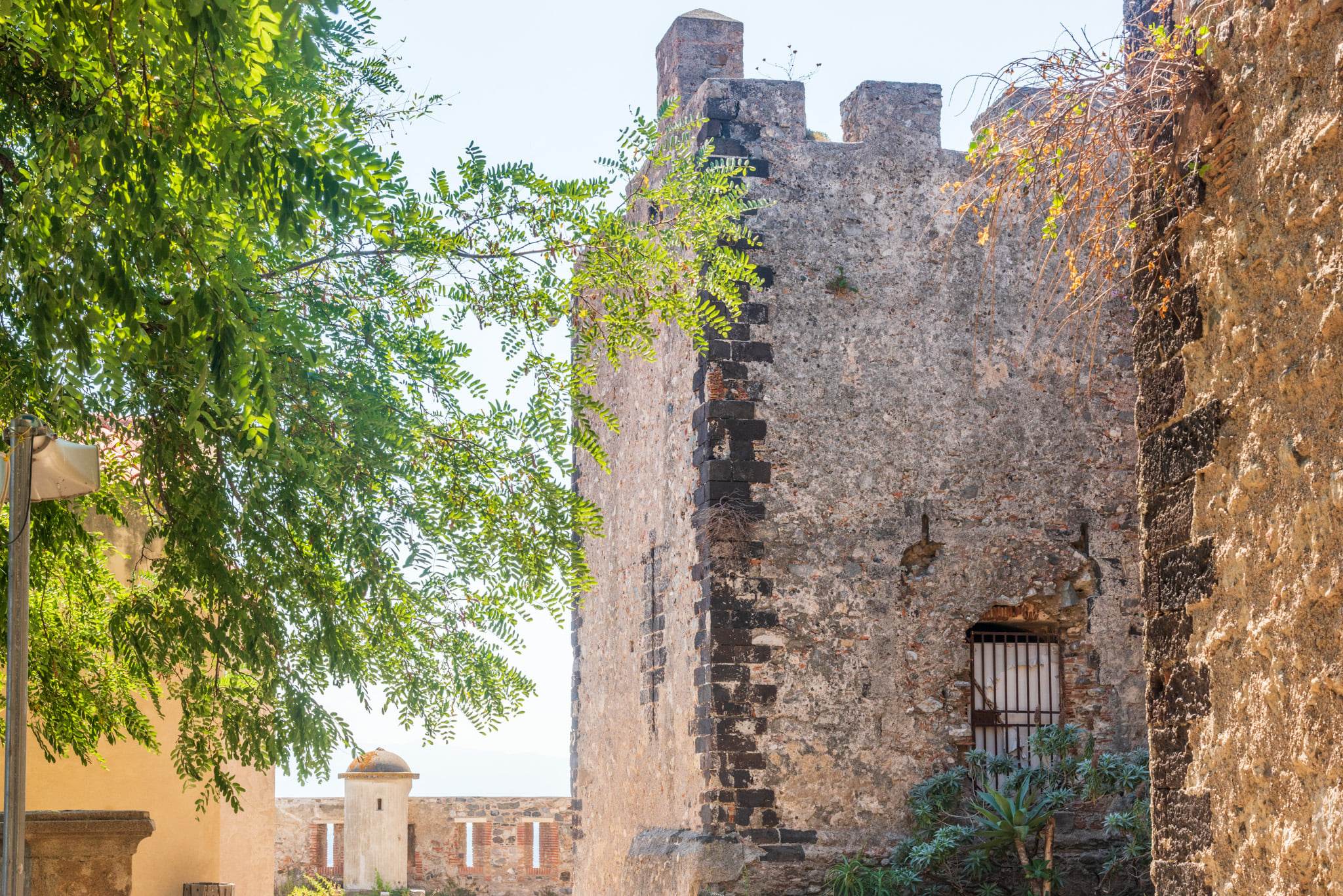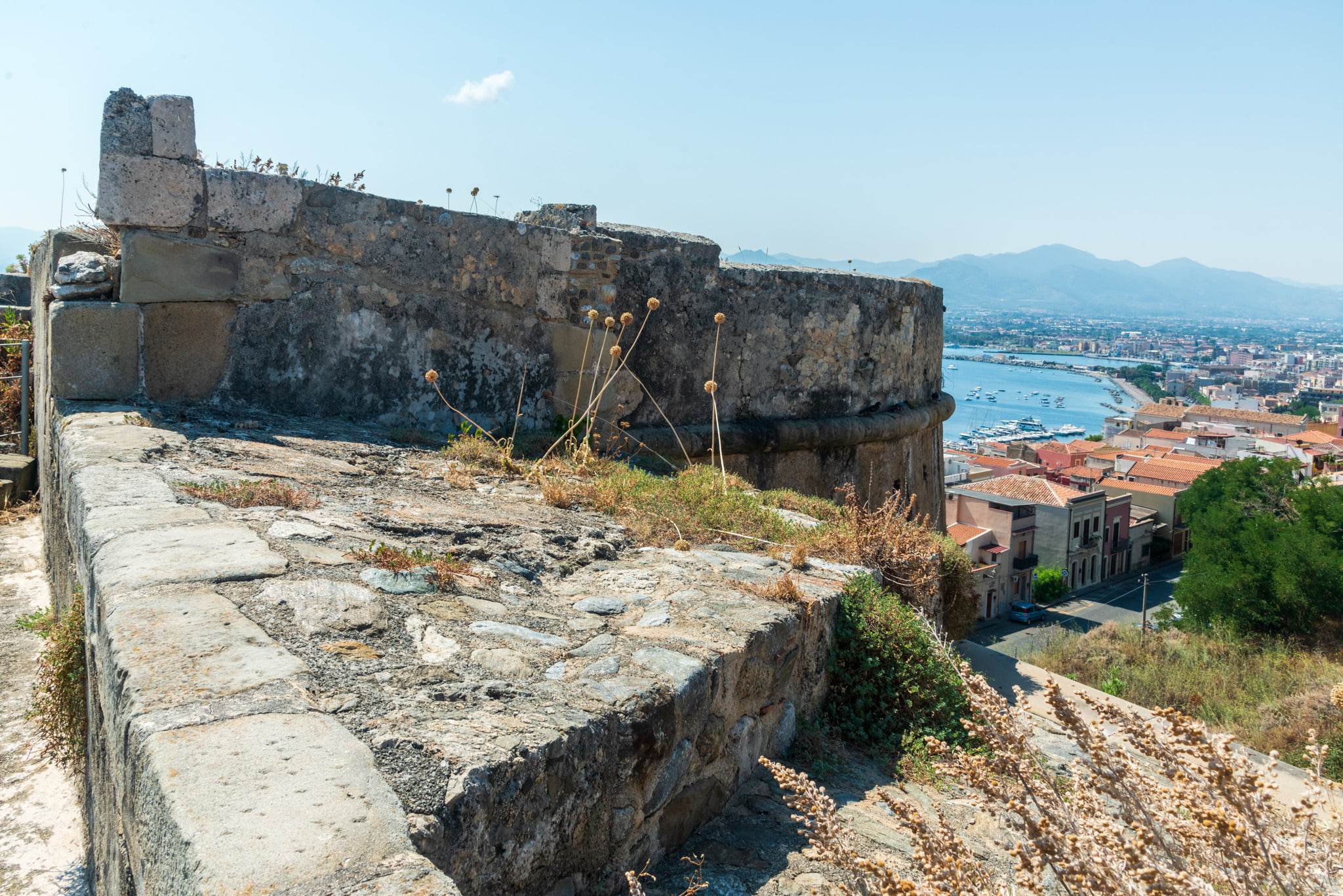The entrance is preceded by a short uphill path, a sort of a hard initiation for access the highest point of the fortress, a symbol of protection and extreme defense. From the oldest Norman fortress, we only knew the Torre Maggiore, an imposing and dominant building, originally even higher than one floor.
0:00
/
0:00
Listen


